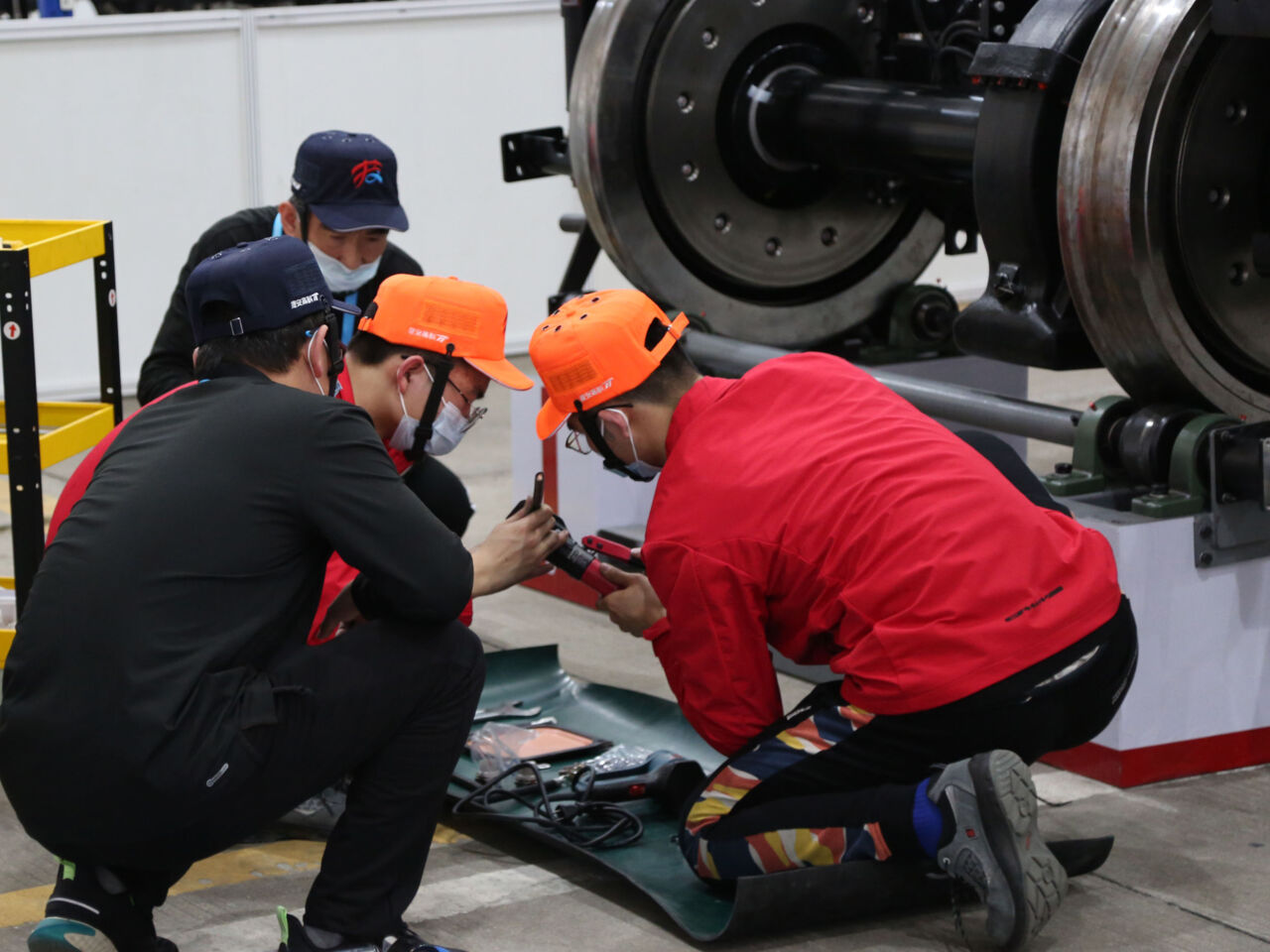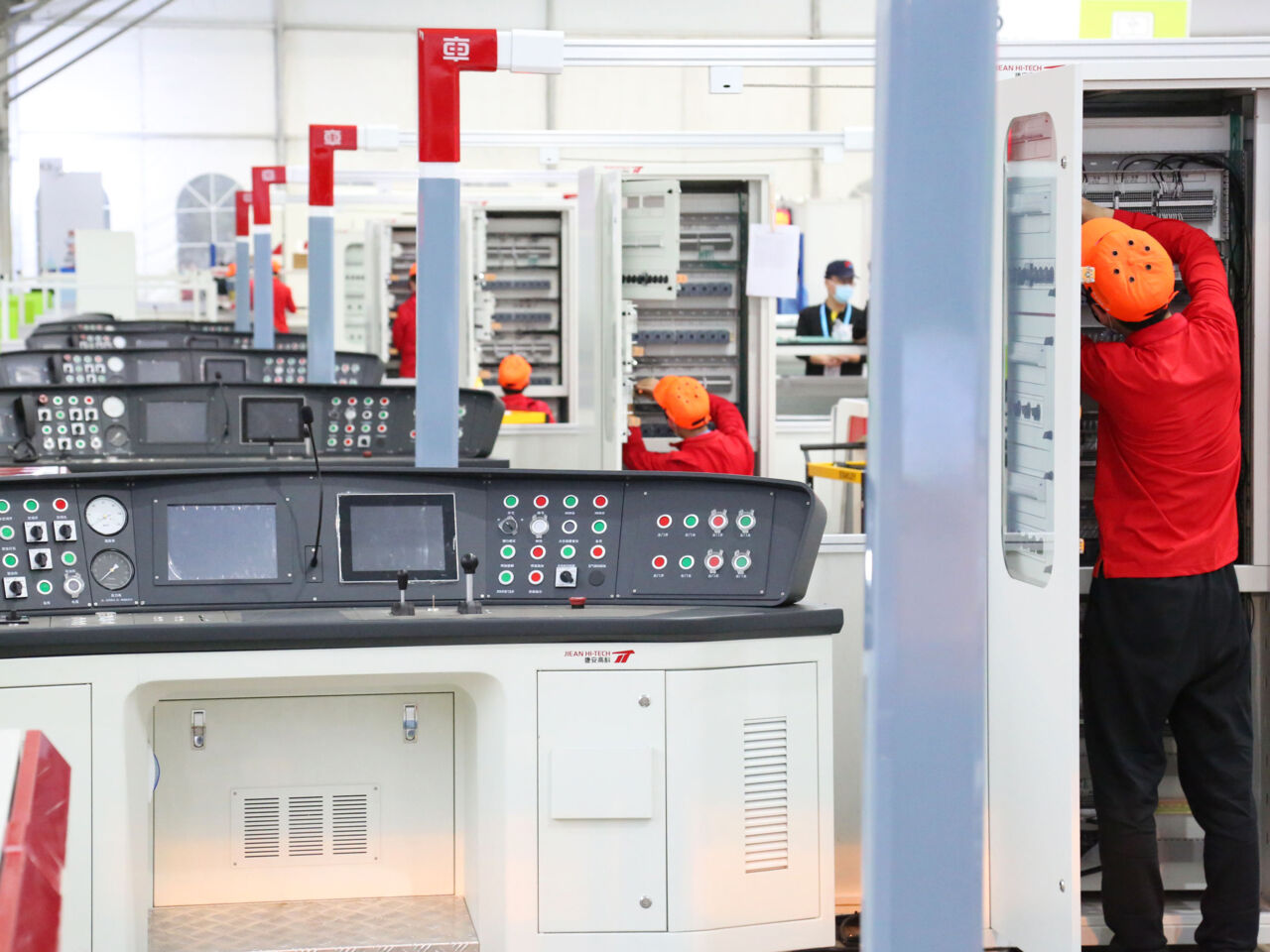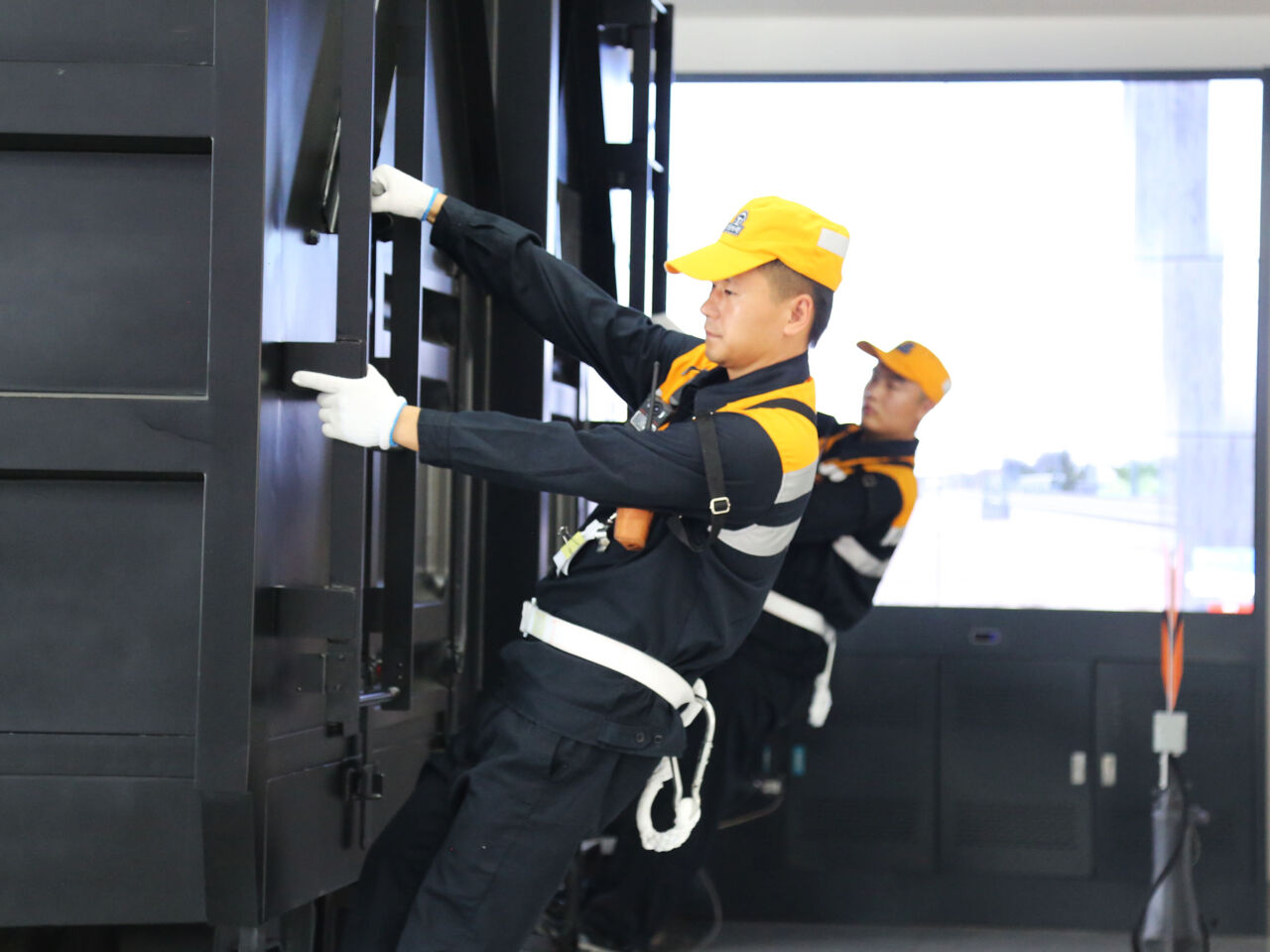30 June 2023
Rail transport holds key to decarbonized future
Find out how new WorldSkills skill competition and Global Partner Jiean Hi-Tech is responding to global concerns of mobility and climate change.

One of the oldest forms of mass transportation, rail holds great potential to contribute to the fight against the climate crisis. It is the least emissions-intensive mode of transport, thanks to its design and the low adhesion between train and track. Rail transit is efficient, safeguards the environment, and adds to people’s travel experience and quality of life, due to its safety, convenience, punctuality, and speed.
In 2022, the International Energy Agency (IEA) reported that the global average rail greenhouse gas emissions per passenger kilometre were one-sixth of those of air travel. Emissions from electrified passenger rail are even lower, particularly when powered by renewable energies.
As the need and demand for sustainable forms of transit grow, rail is likely to replace less energy-efficient vehicles. This, in turn, will drive innovation and require professionals who can carry out manufacturing, inspections, maintenance and repair, and general troubleshooting of modern and complex trains.
Responding to global concerns of mobility and climate change, Rail Vehicle Technology (RVT) is one of WorldSkills newest skill competitions, yet to make its debut at a global championship. Due to the cancellation of WorldSkills Shanghai 2022, the first RVT skill competition will be seen at WorldSkills Lyon 2024. Later this year, the skill competition of Rapid Transit Systems will also take place at WorldSkills ASEAN 2023 in Singapore.
An information session was facilitated by Global Partner Jiean Hi-Tech to drive cooperation between Members in the promotion of the skill and in the development of rail transport vocational education and training.

“By joining, the RVT skill will not only improve your country’s rail sector’s competitiveness. The development of your rail transit industry will contribute to realizing the sustainable development goals,” said Professor Zhiming Liu, the Skill Competition Manager.
Participants were given an overall picture of the global rail transit development and the resources and support available for Members to develop the skill at the national level and to share training practices.

Rail transit for goods and people is a vast, worldwide sector. According to market research, rail transport market size has grown steadily in the past years and it projected to have a 676.6 billion dollar market size by 2026.
Expansion of high-speed rail networks and night rail connections is the best way to reduce flying over short and medium distances, says the IEA. Across the globe, more than 25 countries have developed high-speed rail networks, covering over 45,000 km of track. However, activity levels in high-speed rail need to increase by 60% by 2030, if we are to attain a net zero scenario. Over one-quarter of the world’s operating metro networks began running in the past five years.
Learn more about Rail Vehicle Technology.